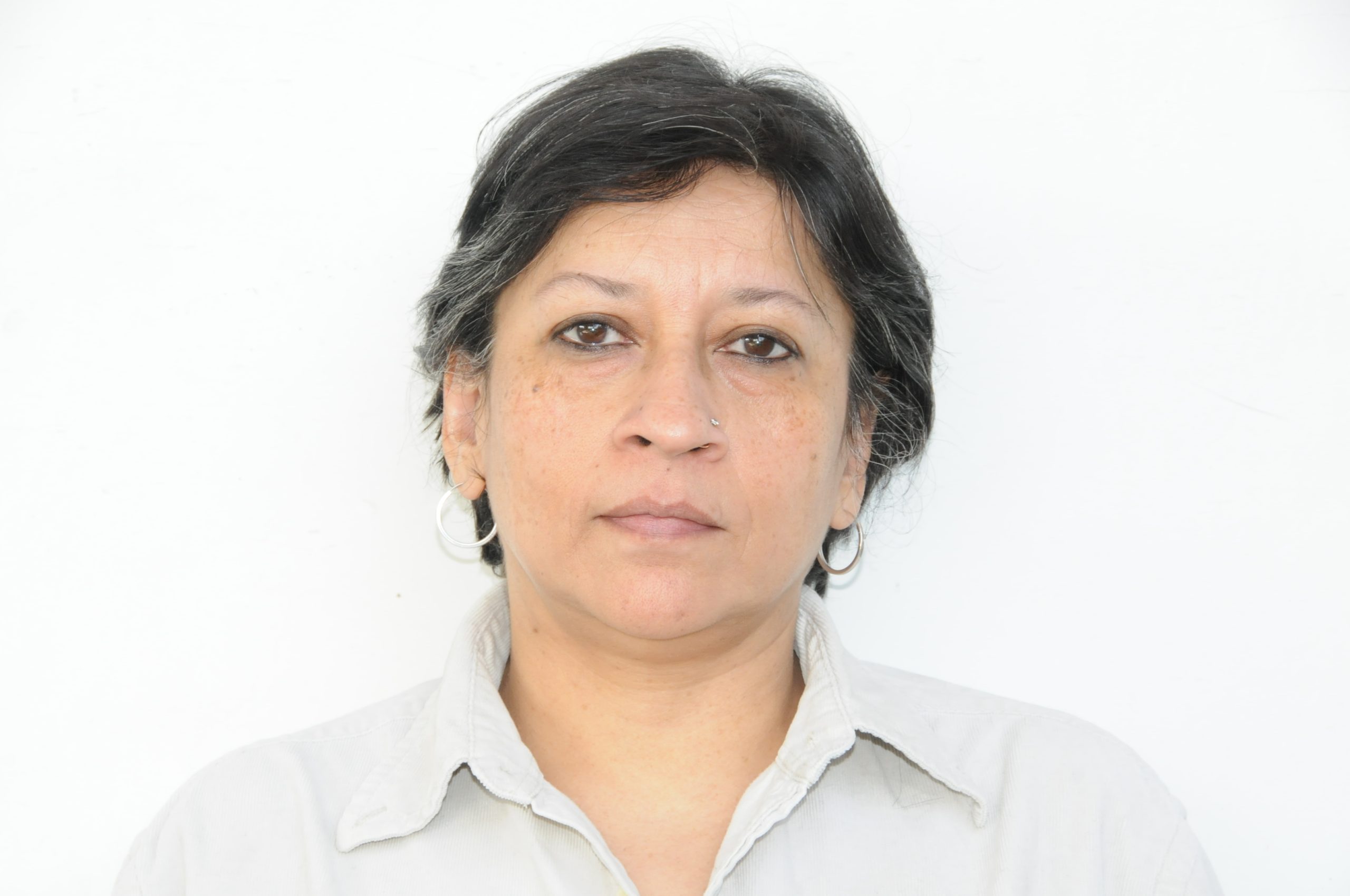India’s Growing Energy Woes
The power blackouts on 30 July 2012, first in north India and again in north, north-east and eastern India, which plunged seven northern Indian states into darkness for several hours, disrupting normal life, underline the critical state of the country’s energy security. Apart from the discomfort and inconvenience to residents, several essential services such as water supply, city transport systems (including the metro and national railways), mining, health and banking and financial sectors, came to a standstill for hours. After power was restored—apparently in record time compared to a previous blackout in 2001—the cause of the blackout on the first day was stated to be the tripping of the 400-KV Bina–Gwalior line which feeds the Agra–Bareilly transmission section, causing a shortage of around 32,000 MW. A day later, the grid tripped again, but this time it set off a cascading effect on the power plants in the eastern and north-eastern regions as well, plunging 21 states into darkness. The collapse was attributed to rampant overdrawing of power by Haryana, Punjab and Uttar Pradesh. However, the Planning Commission deputy chair, Montek Singh Ahluwalia, said that the blackout could also have been caused by a mix of fuel shortages and grid-related problems.








